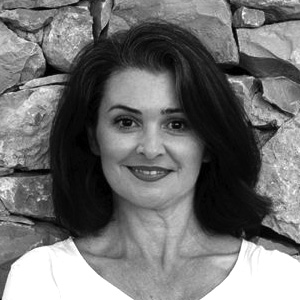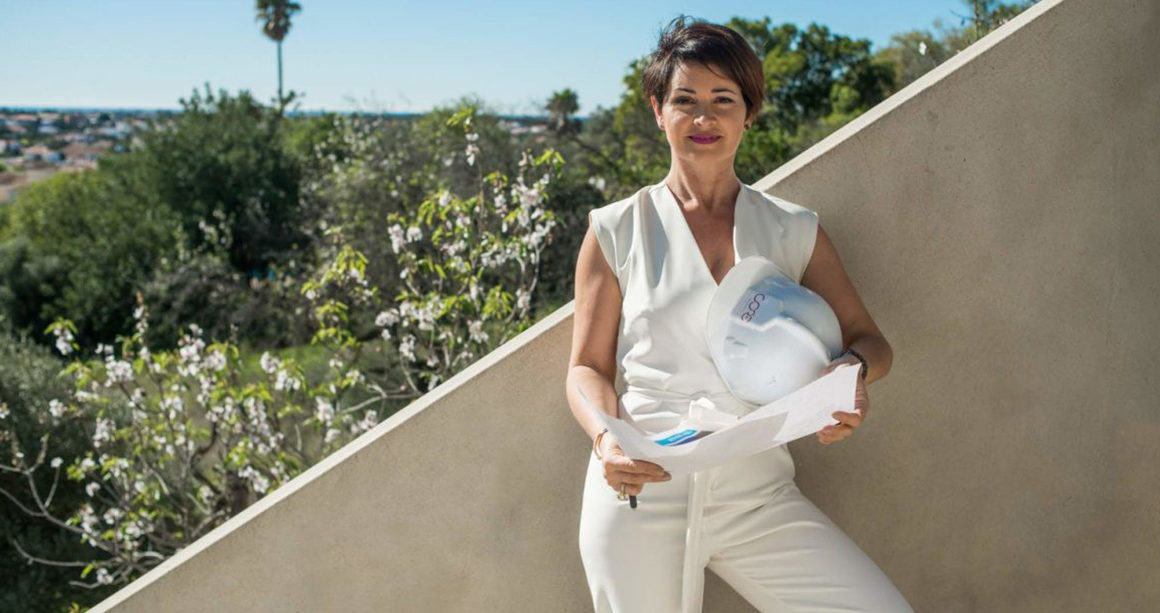Yet, in the construction and architecture industries across the world, they remain a minority and the pay gap is still not closing fast enough.
From my experience, a more subtle bias also exists, where women still have to prove their abilties and competencies when working with men. Often, only after proving their competency is acceptance granted and projects won.
Addressing The Challenges
These contradictions have stayed with me throughout my career as a German-educated Portuguese-based architect. They have also helped drive the corporate culture of the company I founded twenty years ago.
At CORE, from the start, I focused on equal representation and equal pay among all the employees. One of the key principals of any corporate culture is teamwork, regardless of gender. This has served us well as the business has grown thanks to the diversity not only of gender, but of thoughts and perspectives.
Women in large firms often struggle with the work-life balance challenge while raising families on the job, are often not promoted fast enough, not being entrusted with bigger and more high-profile projects, not being paid enough, and not having internal stakeholders to support them – including mentors or role models.
While establishing my independent practice almost two decades ago has helped me address some of these issues, for example providing more flexible hours, I believe it also put categories of projects out of reach.
Renovation of residential homes and interior architecture remain my passion but I would also like to branch into bigger projects, adding new categories of projects and building types that as a woman-led practice, I feel remains out of reach because of negative perceptions. Business partners, clients, and contractors need to believe that we can do the work as well as men can, but the idea of the woman architect can do more than small scale residential projects is still holding us back.
“Female Architect”
On a personal level, I have always been secretly proud to be a female architect as I enjoy competition, proving that I know just as much or more about the latest technical developments in the industry as my male counterparts. I have also always recognized how female architects bring unique skills and appreciation for colours and shapes.
However, in the past I resisted to be labeled as a “female architect” as I have always tried to prove my competence and skills through my achievements. Yet, as Zaha Hadid said after she won the Pritzker in 2004, the first woman ever to do so, “I see the incredible amount of need from other women for reassurance that it could be done, so I don’t mind that at all.”
Today, 60 % of my team are female. They are young, dynamic and full of passion and energy to create beautiful sustainable-led architecture that promotes residents’ well being. I constantly mentor and inspire them to take on new skills and projects while opening the conversations about the more subtle biases.
In the end, the underrepresentation, misrepresentation and stereotyping, of women architects – as well as those from other marginalized groups – is not only unfair. It is creating missed business opportunities for innovation and design ideas that comes with diversity not only of gender, but also of thought and ethnicity.


